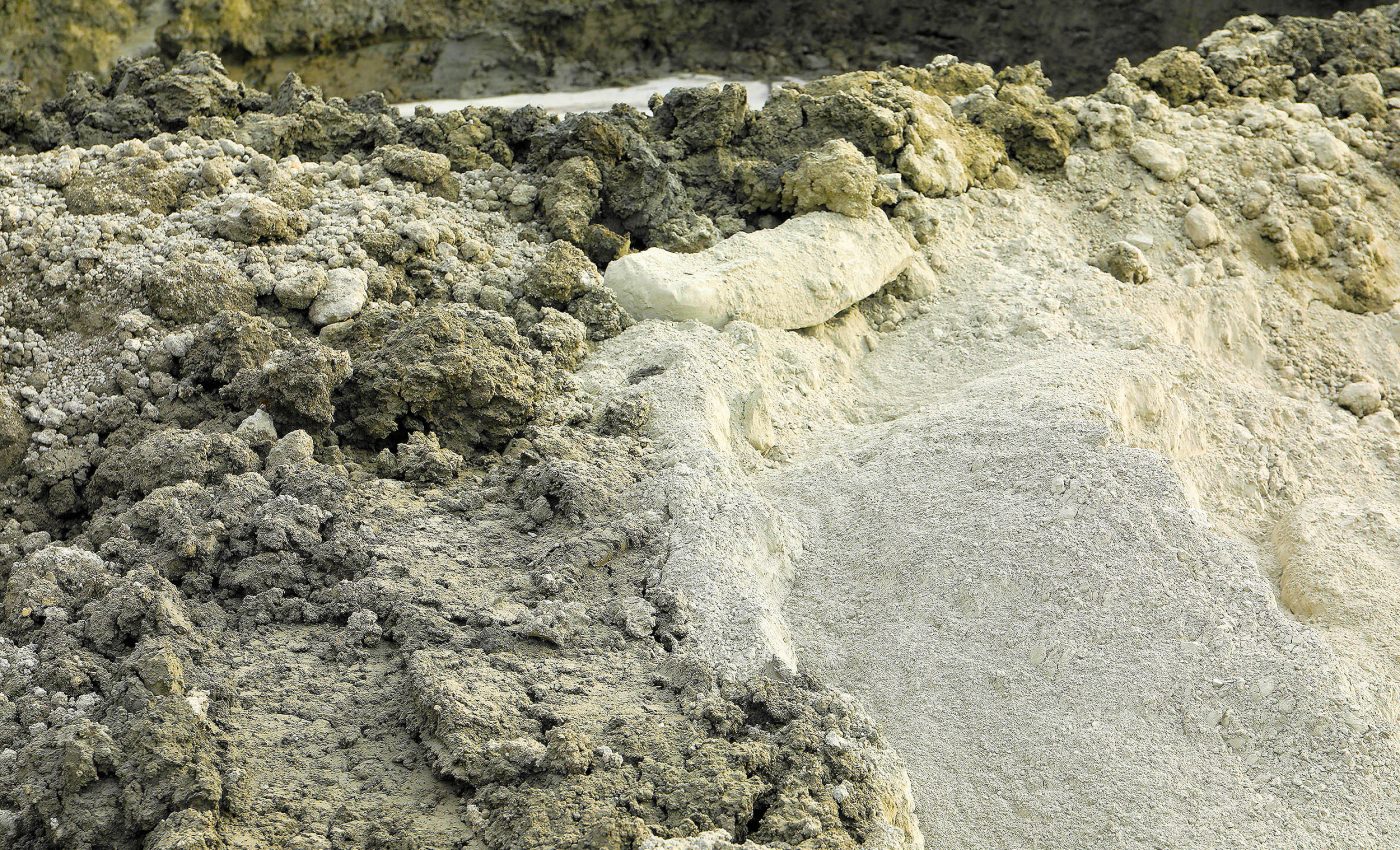
Bacteria discovered that turns CO2 gas into stone, which could then be used for buildings
Carbon dioxide usually floats away into the sky, but a tiny soil bacterium has a different plan. Under the right conditions, it converts the gas into solid limestone.
The trick belongs to Bacillus megaterium, and a new study shows how the microbe locks away carbon with remarkable efficiency.
Lead author Dimitrios Terzis of EPFL’s Soil Mechanics Laboratory reports the results.
Bacteria turn carbon into limestone fast
Inside sealed flasks pressurized with carbon dioxide at more than 470 times atmospheric levels, the bacteria precipitated calcium carbonate with 94 percent of its carbon coming directly from the gas. Such efficiency dwarfs that of most engineered sorbents.
“We know that dozens of bacteria have the potential to mineralize crystals,” says Dimitrios Terzis. He argues that harnessing one that eats carbon directly will simplify industrial roll‑out.
That performance matters because the most polluting industries need options at the smokestack, not halfway around the world.
A biological process that makes rock on demand could fit into cement plants, steel mills, or even soil stabilization rigs.
Isotope tracing showed that only six percent of the crystal carbon came from urea, confirming that the cells bypassed the older, ammonia‑producing route.
The carbonate lattice even matched the rhombohedral morphology of geologic calcite in electron‑microscope images.
Soil microbe traps carbon as limestone
Bacillus megaterium is an aerobic, rod‑shaped organism about 4 micrometers long, known to biotech engineers for vitamin B12 production, enzyme synthesis, and plant growth promotion. Few people, however, picture it as a mason.
The Swiss group exploited a less famous trait, the cell’s knack for microbially induced calcite precipitation when calcium ions are present. In lab culture that reaction can bind sand grains into a single block in hours.
The species earned its name, “mega‑bacterium,” in 1884 because its cells were considered giant for bacteria of the day. Modern genetic work has since moved it to the genus Priestia, yet its mineral talents remain intact.
Making calcite from CO₂
The classic pathway, ureolysis, uses the enzyme urease to split urea, raise the pH, and trigger calcite formation, but it leaves behind ammonia that needs costly cleanup. That waste stream limits large‑scale use.
The alternative relies on carbonic anhydrase, an enzyme that hydrates carbon dioxide to bicarbonate, which then reacts with calcium to form rock without toxic residues. Because the reaction consumes acid, it can even run in slightly acidic flue gases.
The new study confirmed that CO₂ concentrations above the 470‑fold threshold switch the microbe from urease to carbonic anhydrase, accounting for the 94 percent mineralization observed. That metabolic flip is as close to a shut‑off valve for ammonia as biology offers.
Both enzymes sit in the periplasm, so CO₂ or urea never needs to cross internal membranes. That localization speeds precipitation and gives engineers a handle on reaction rates through gas flow or nutrient dosing.
A cleaner path for cement
Cement production is responsible for roughly eight percent of global carbon dioxide emissions, almost three billion tons a year. Cutting that share is one of the toughest problems in climate policy.
Replacing a slice of cement with bacteria‑grown calcite could shave millions of tons off that footprint while also storing carbon for centuries. Because the mineral is stable over geological timescales, the risk of re‑release is low.
Pilot studies in Denmark found that concrete blocks fortified with bio‑calcite lost less than two percent of their compressive strength after 300 freeze‑thaw cycles.
Durability metrics matter because building codes reward long service life as much as low embodied carbon.
Regulators from California to the European Union are drafting performance‑based rules that allow novel binders, provided safety tests match conventional materials.
Bio‑calcite supporters say those rules open doors for microbes where prescriptive cement standards once blocked change.
Scaling limestone carbon capture for industry
“This study shows how environmental microbiology, when combined with advanced laboratory techniques, can reveal mechanisms that would otherwise remain hidden,” says Pamela Principi, researcher at SUPSI. She credits isotope tracing with proving where the carbon ended up.
Medusoil already operates pilot bioreactors and plans field trials that inject the culture into aggregate to make load‑bearing blocks.
The company claims its prototype units capture several pounds of CO₂ per cubic foot of material treated.
Researchers at Newcastle University recently engineered Bacillus subtilis with a carbonic anhydrase from B megaterium and cut flue‑gas CO₂ by nearly 80 percent in bench tests. The result hints at plug‑and‑play biology for existing industrial streams.
Economic models suggest that, if run on renewable electricity, the microbial units could deliver capture costs below $50 per metric ton, competitive with amine scrubbing at small scale.
Calcium feedstocks could come from desalination brines, mine tailings, or recycled concrete fines, reducing mining impacts.
Boosting limestone growth from carbon
Challenges remain, including piping sterile media, balancing pH in large reactors, and sourcing calcium without extra emissions.
None of those hurdles look insurmountable compared with the kilns that currently heat limestone to 2,642 °F.
Still, the twin‑enzyme strategy demonstrated by B megaterium offers a rare chance to turn an industrial liability into literal building material overnight. If it scales, future walls could double as carbon vaults.
Future research will probe whether gene editing can push the carbonic anhydrase pathway to work at normal atmospheric CO₂, eliminating the need for pressurization.
Teams are also exploring how organic polymers secreted by the cells might tailor crystal shapes for specific mechanical properties.
—–
This research was completed by scientists from the Swiss Federal Institute of Technology Lausanne (EPFL), the University of Applied Sciences and Arts of Southern Switzerland (SUPSI), and start‑up Medusoil
The study is published in Scientific Reports.
—–
Like what you read? Subscribe to our newsletter for engaging articles, exclusive content, and the latest updates.
Check us out on EarthSnap, a free app brought to you by Eric Ralls and Earth.com.
—–













